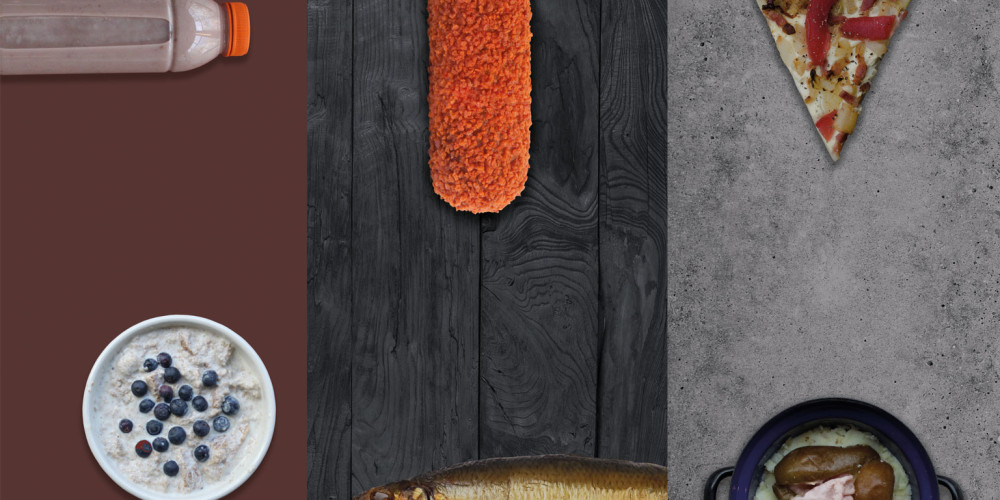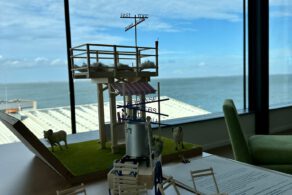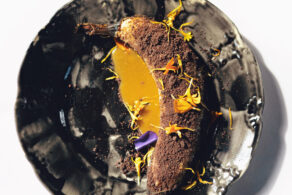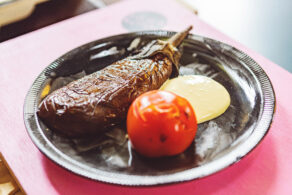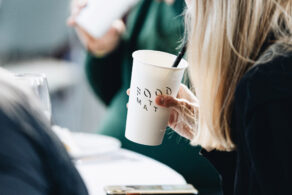Gepubliceerd op 09-04-2018
In exploring the kitchen and the eating habits of the former Zuiderzee area, we found that the traditional recipes from this bygone culture do not just tell us about flavours but also about function and habits that once were. Kapkool (white cabbage and potato mash) was a quick but filling meal, Jan-in-de-zak (a boiled sweet bread) was perfect to prepare on laundry day and kipper (smoked herring) had a much longer shelf-life because it was smoked. Slow-cooking was very practical back in the day, because the food did not require constant attention when it was prepared slowly on lower temperatures. The use of a haybox is exemplary for this; it traps heat and insulates the food while cooking to complete the cooking process. Food items are heated to boiling point, and then insulated in the hay.
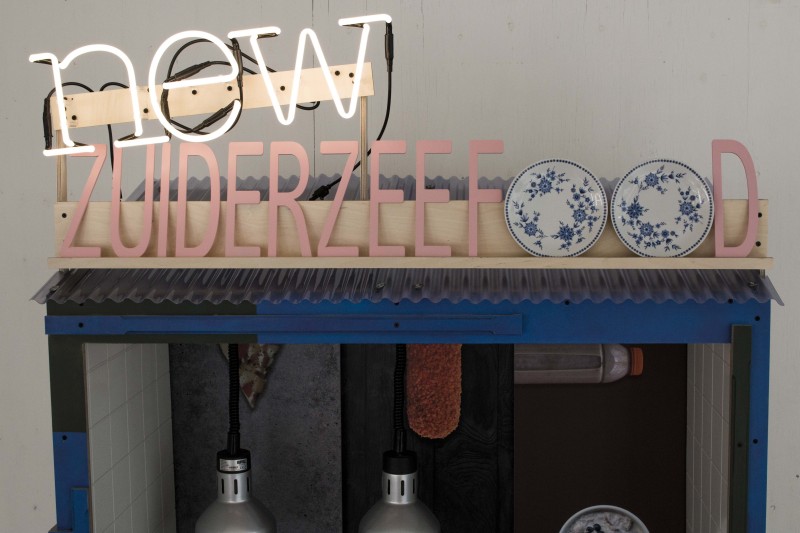
Nowadays, functional cooking is completely different. Functional food means fast, and easy. To adapt the traditional Zuiderzee recipes to contemporary standards, we re-interpreted three dishes into modern-day streetfood. Now you can experience a kippercroquette, a watergruwel-smoothie, or a flammkuchen inspired by kapkool in the Zuiderzeemuseum restaurant.
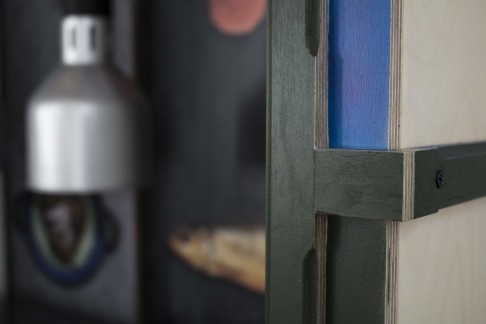
To present the three new dishes in the museum’s restaurant, we have designed a designated food truck. In line with all practical demands that apply to a crowded restaurant, we have been inspired by the traditional housing of the Marken village, to design a food truck on a metal base with specific colours and wooden framing. Depicted inside are the traditional recipes with their modern counterparts.
ZuiderzeeFood is part of a larger project for Zuiderzeemuseum Enkhuizen. You can read about it here.

